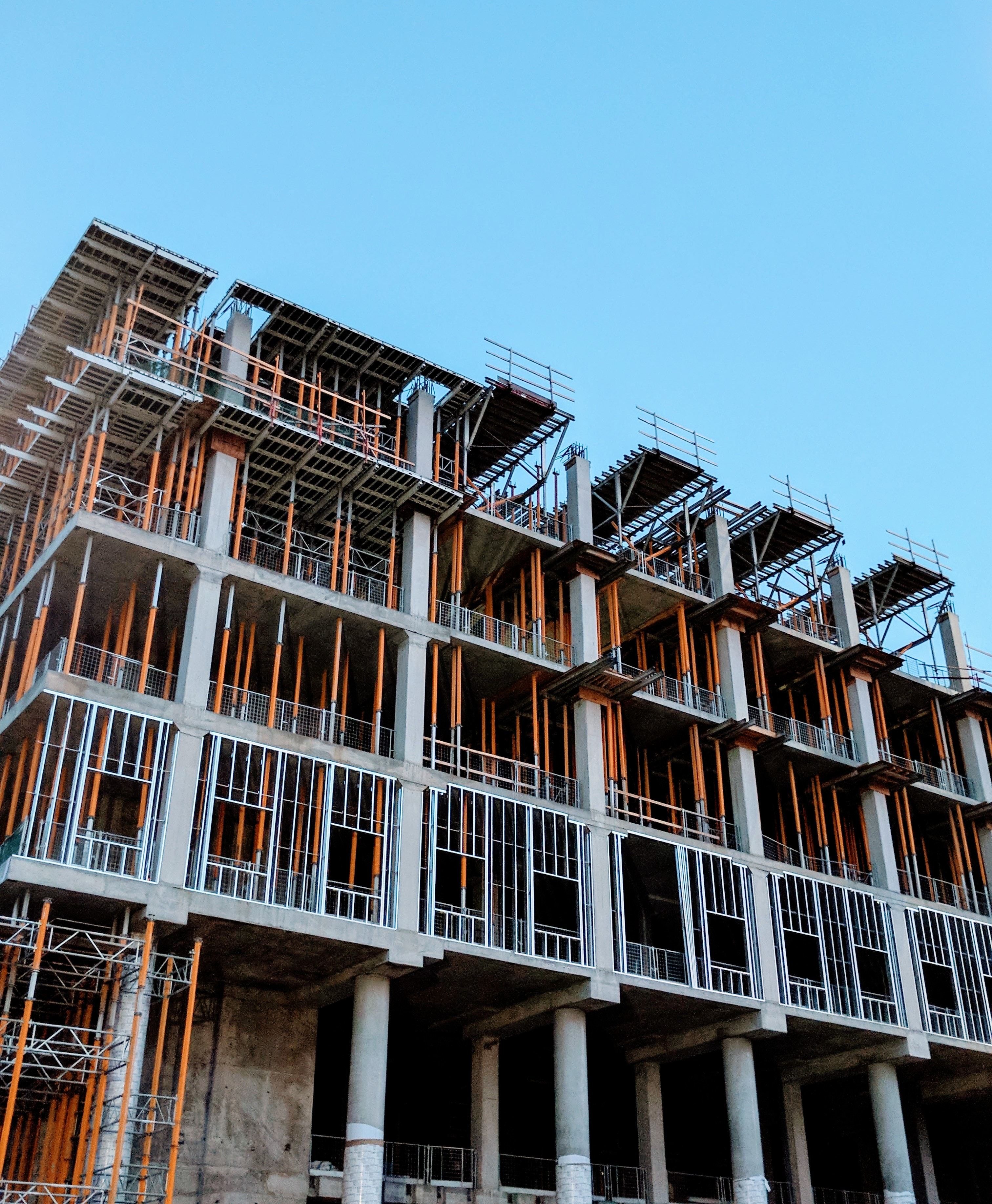Construction Industry Trends: October 2023 Roundup
0%
Rate pauses, job outlooks, rule changes, and a billion-dollar penitentiary—what a month October was! Let’s take a look at what’s been happening in the construction industry since our last round-up.n
Construction Jobs and Wages Outpace the Pack
The strong economy might not be great for inflation, but it’s been great for construction jobs and wages. The ADP Research Institute’s October report on national employment shows that the construction sector added 16,000 jobs and saw a 6% increase in year-to-year wages. The next closest increase in jobs was the natural resources and mining industry, which increased by just 4,000 jobs.
This boost in jobs and pay are good news for the construction industry, once again showing its ability to weather storms. The data shows a stark contrast to some fields, such as professional and business services, which saw a 32,000-job drop, and a 13,000-job drop in the trade/transportation/utilities sector.
With the strong wages report comes a nice comparison, as the only industries to surpass construction wage increases were in white collar industries: financial activities, education and health services, and leisure and hospitality, which increased 6.2%, 6.4%, and 6.7%, respectively.
Perhaps this show of stable growth will increase the industry’s appeal to younger generations and help fill the ongoing age gap. However, despite the wage increases, both residential and commercial contractors are reported to still be struggling to find enough skilled workers.

Davis-Bacon Act’s Reach Extends to More Fed-Funded Projects
October saw the first overhaul of the Davis-Bacon Act (DBA) in over 40 years. The DBA is a federal law that requires contractors and subs to pay their employees prevailing wages on some federally-funded projects, with the goal of ensuring fair compensation for workers and higher labor standards on government-invested projects.
Previously, there were many exemptions that contractors could qualify for or projects were protected under. However, the Department of Labor determined in October that secondary construction sites, energy projects, renovations that do not involve an entire building, and even demolition, remediation, and removal. This includes projects funded by the Infrastructure Act, the Inflation Reduction Act, and the CHIPS Act.
DBA will now even affect modular construction companies. As secondary sites, DBA now applies to modular facilities, which staff large numbers of employees and can handle multiple government contracts every year. As the industry’s focus on modular and volumetric design increase, these facilities may see a significant change in how they do business.
As of now, these changes are highly contested by the construction industry and may face legal challenges moving forward. However, construction companies thriving on federally funded projects will need to reassess their reliance on these contracts moving forward.

Indiana Breaks Ground on Most Expensive State Building in State History
Don’t let the price tag fool you: Indiana’s most expensive state building in history won’t be a luxurious new state capital building, exciting new attraction, or anything of the sort. It’s a prison. A $1.2 billion prison. And it broke ground in the final days of September 2023 in a ceremony attended by Governor Eric Holcomb and representatives of the construction group building the Westville Correctional Facility.
This project is led by Build Westville, which is composed of Granger Construction of Lansing, Michigan, F.A. Wilhelm Construction of Indianapolis, Indiana, and Terre Haute-based Garmong Construction. The architect is Elevatus Architecture from Fort Wayne, Indiana.
This new facility will have plenty of room for future guests. It will feature a 1.4 million-square-foot facility to house up to 4,200 inmates. This is a 700-inmate increase from the current Westville Correctional Facility. The new building and all its space will allow the state to move inmates and employees from other facilities, including Indiana State Prison and the current Westville lock-up, into this new state-of-the-art facility.
Is Commercial Conversion a Housing Crisis Solution? The White House Says Yes
The housing crisis is well-documented, but average guesses by experts are that we’re currently facing a 5.5-million-home deficit, and the White House is now pushing a solution that has been kicked around major cities for the last several years. The plan? Convert empty commercial buildings (of which we’re at a 30-year high) into residential multi-family buildings.
The Biden administration’s plan turns to these empty structures to provide affordable housing to families in the most ideal areas. Many of these buildings stand near public transportation and good jobs, allowing residents to take advantage and build better lives for themselves. Also, repurposing the old buildings rather than demolishing and rebuilding the existing structures—or letting them sit vacant—is an energy-conscious decision that can also reduce greenhouse gas emissions.
To make these projects a reality, several government agencies are updating and releasing new guidelines regarding grants and lending programs. This includes the coordination of 20 federal programs, and the funds can be used to obtain, rehab, convert, or redevelop sites for residential use. They’ll also provide low-interest borrowing opportunities, grants, and tax incentives for conversion developers.
To help, the White House released the Commercial to Residential Conversions Guidebook, doubling down on getting these resources into the hands of developers that can use them.





